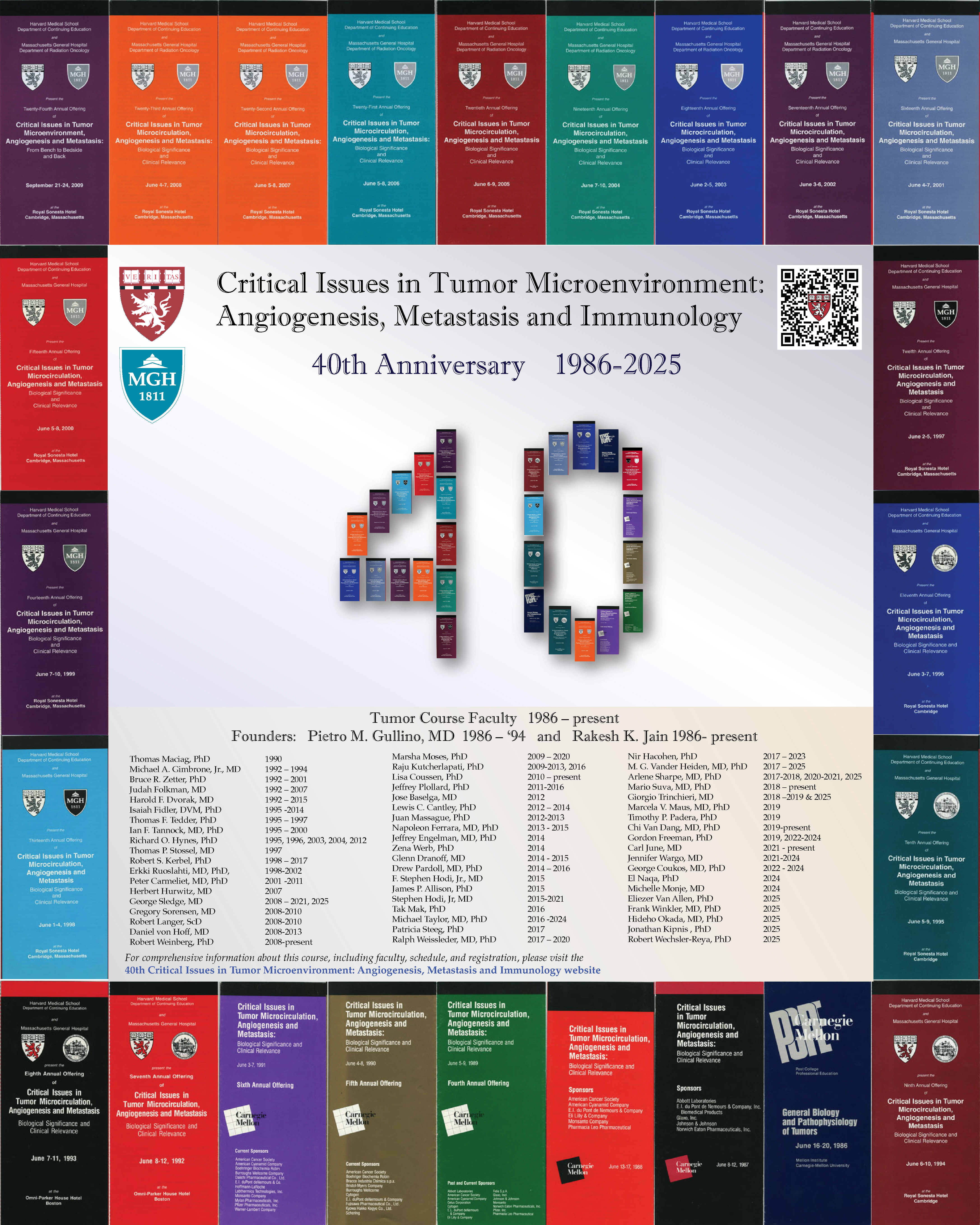In the News

40th Anniversary TME course this week!

"CAR-T cells are T cells that have been extracted from a patient, modified in a laboratory to recognize and target cancer cells then infused back into the patient. They have revolutionized the treatment of many blood cancers, but have not yet benefited patients with solid tumors, such as lung, breast, colorectal or brain tumors. By developing a sophisticated mathematical model, we demonstrated that normalizing tumor blood vessels — which means transforming the abnormal, disorganized vasculature of a tumor into a more normal, structured and functional state — can improve the efficacy of CAR-T therapy and reduce the required therapeutic dose by about fivefold."
"Each researcher selected has authored multiple Highly Cited Papers that rank in the top 1% by citations for their field(s) and publication year in the Web of Science Core Collection over the past 11 years — indicating exceptional influence in their respective disciplines."
